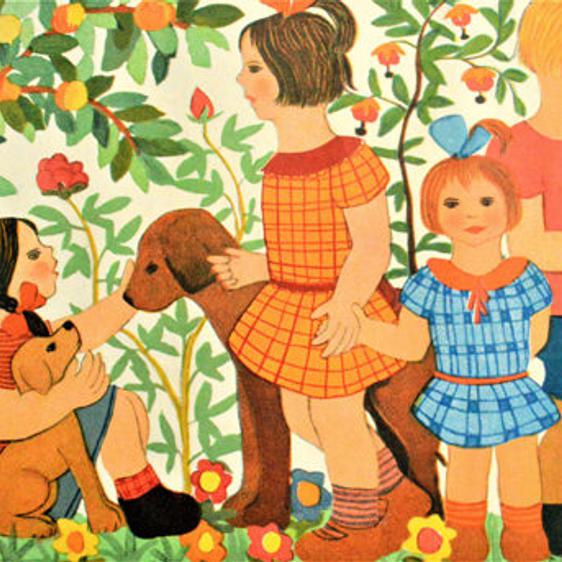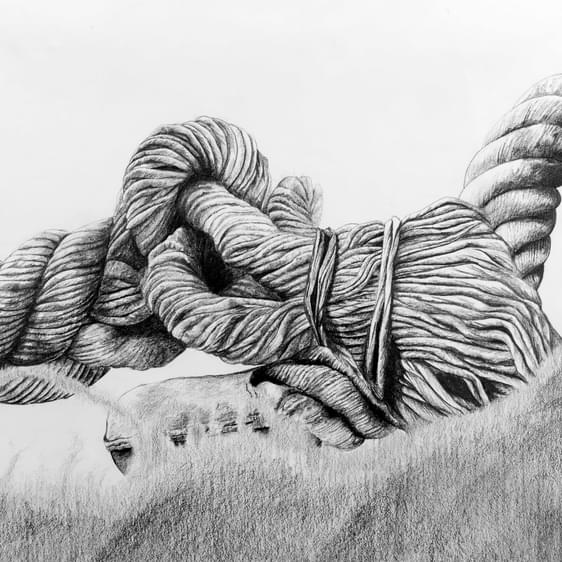
About Scratching the Surface
The selection of drawings in this exhibition was made from the larger Marking Time: A Century of Drawing in Art Education exhibition, that was held at Batley Art Gallery in 2012, and offered another opportunity to consider how drawing informs and shapes teaching and learning.
The images on display, as well as books, teaching guides and other documentation, gave a glimpse into the wealth of material held in the National Arts Education Archive (NAEA). They also offered the opportunity to reflect on the way in which drawing has served, and continues to serve, the needs of children, students, teachers and artists in shaping an understanding of both ‘inner’ and ‘outer’ worlds and as a means of recording and refining ideas, information, thoughts and feelings.
This work did not follow the chronology of the original exhibition, but brought together examples from different periods in art education that illustrate the dynamic and influential nature of drawing, its aesthetic energy and the place it occupies in the growth and development of children and adults alike.
Drawings were selected from the following collections:
Franz Cizek | William Johnstone | Mary Martin Thomas | Alexander Barclay-Russell | Sir Alec Clegg | Victor Pasmore | Rosemary Devonald | Philip Rawson | Stourbridge College of Art | Learning through Drawing | Thurcroft School | Hatfield School
You might also like
More- News

National Arts Education Archive’s children’s wartime art collection gains UNESCO recognition
25 April 2025 
Learning Through Drawing
OngoingAn exhibition of children's artwork, curated by pupils from Thornhill Primary School in Rotherham and Pate’s Grammar School in Cheltenham who helped to select artwork from the National Arts education Archive (NAEA)
Louise Lockhart: Cake Crumbs and Lemonade
–Cake Crumbs and Lemonade will be the largest solo exhibition to date by illustrator Louise Lockhart (aka The Printed Peanut).- News

Robert Indiana for Yorkshire Sculpture Park – A Benefit Print Exhibition
20 February 2024


